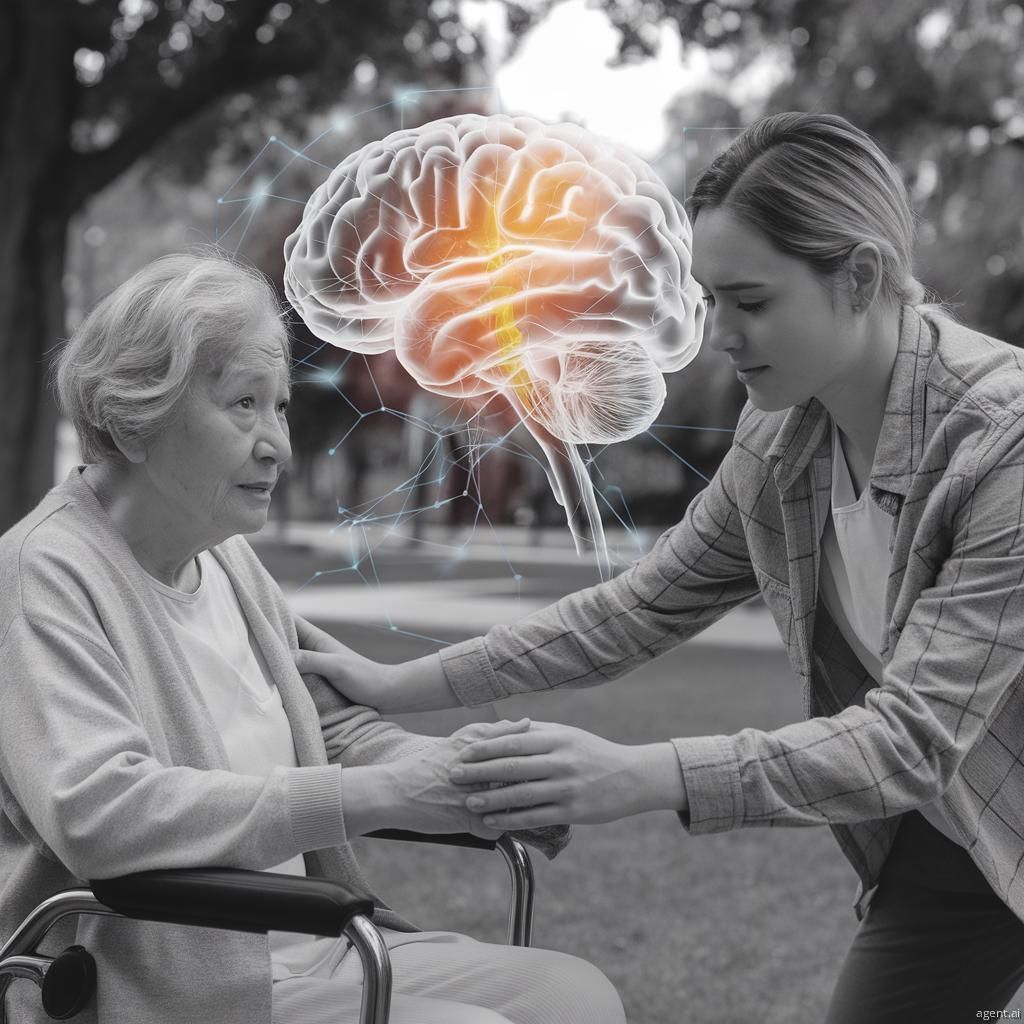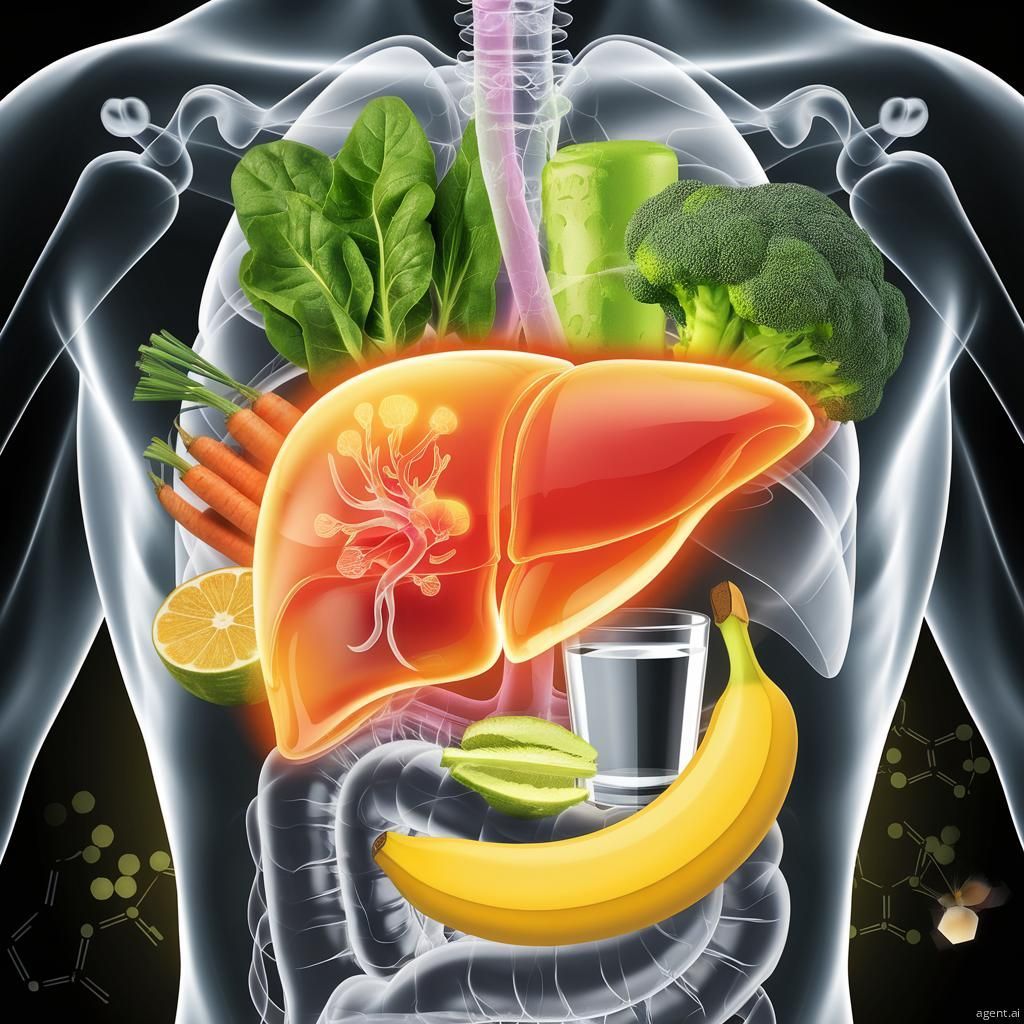Call Us Today! (808) 258-1901
Call Us Today! (808) 258-1901
Understanding How Cardiovascular Health Shapes Brain Aging and Why Early Intervention Matters, Especially for Men
We often think of heart and brain health as separate concerns, but research increasingly shows they’re deeply connected. A groundbreaking study from the Journal of Neurology, Neurosurgery, and Psychiatry reveals that men with cardiovascular risks experience brain volume loss a decade earlier than women. This critical finding highlights the importance of addressing modifiable risk factors like obesity, high blood pressure, and cholesterol - early to protect both heart and brain health.
The Gender Gap in Brain Aging
The study, conducted on over 34,000 participants from the U.K. Biobank, uncovered a striking difference between men and women:
- Men aged 55-64 with cardiovascular risks, including obesity and high cholesterol, showed significant reductions in gray matter volume.
- Women began to experience similar brain changes about 10 years later, aged 65-74.
Researchers found the temporal lobe was the most affected area, a region crucial for memory and learning. The gender disparity may be due in part to the protective effects of estrogen before menopause, which helps regulate cholesterol levels and inflammation.
Cardiovascular Risk and Brain Volume
Cardiovascular risks, including high blood pressure, obesity, and smoking—are well-known contributors to heart disease. This study highlights their impact on the brain, showing how these factors accelerate neurodegeneration and lead to conditions like Alzheimer’s disease.
How It Works:
- Poor cardiovascular health reduces blood flow to the brain, depriving it of oxygen and nutrients.
- Chronic inflammation damages brain cells, leading to volume loss in key areas.
- Obesity contributes to visceral fat, which releases harmful compounds that exacerbate cognitive decline.
The study noted that brain shrinkage tied to these risks was widespread, impairing cognitive functions such as memory, reasoning, and problem-solving.
Why Men Face Higher Risks Earlier
Men experience cardiovascular events like heart attacks and strokes at younger ages than women, making them more vulnerable to early brain changes. Biological and lifestyle factors contribute:
- Hormonal Differences: Estrogen helps protect women pre-menopause by improving blood vessel function and reducing LDL cholesterol.
- Fat Distribution: Men store fat around the abdomen (visceral fat), which is more harmful than subcutaneous fat.
- Lifestyle Habits: Higher rates of smoking, alcohol use, and poor diet among men increase their risk profile.
What This Means for Prevention
The good news? Cardiovascular risks are modifiable, meaning they can be addressed with lifestyle changes and medical interventions. Here’s how to take action:
1. Start Early
Men should prioritize managing cardiovascular risks like high cholesterol, high blood pressure, and obesity by their early 50s. Women benefiting from the protective effects of estrogen pre-menopause can focus on these factors starting in their 60s, particularly as menopause increases the likelihood of cardiovascular and brain health issues. Early interventions, like regular health check-ups and a commitment to preventative care, can delay the onset of cognitive decline by years.
2. Focus on Heart-Healthy Habits
Following a heart-healthy lifestyle is one of the most effective ways to protect both your brain and heart. This includes adopting a Mediterranean diet, which emphasizes vegetables, whole grains, lean proteins, and healthy fats like olive oil and nuts. Combining this with regular physical activity, such as brisk walking for 30 minutes daily or engaging in strength training, helps to improve circulation, maintain a healthy weight, and reduce harmful inflammation in the body.
3. Regular Health Monitoring
Routine health check-ups are crucial to detect and manage cardiovascular risks before they lead to irreversible damage. Monitor key metrics like blood pressure, cholesterol, and blood glucose levels, and don’t hesitate to bring up concerns with your doctor. Early intervention, even with mild symptoms, can significantly reduce risks of stroke, heart attack, or neurodegeneration later in life.
4. Consider Emerging Therapies
Medical advancements are opening new possibilities for preventing both cardiovascular and cognitive decline. Drugs like semaglutide (initially used for diabetes and weight loss) are being explored for their potential to slow memory loss and brain atrophy. Anti-hypertensive medications, metformin for insulin resistance, and even intranasal insulin treatments show promise for delaying Alzheimer’s and improving brain health, making it essential to discuss these options with a healthcare provider.
Implications for Brain Health
While brain atrophy is a natural part of aging, early intervention can significantly slow its progression. This study underscores the importance of addressing cardiovascular health to prevent heart attacks and strokes and protect against memory loss and dementia.
By understanding the gender differences in risk and tailoring prevention strategies accordingly, we can empower individuals to take control of their health and age with vitality.
Your Next Steps
Protecting your heart means protecting your brain. Whether you’re in your 50s, 60s, or beyond, it’s never too late—or too early—to act. Start by making small, sustainable changes to your lifestyle and working with healthcare providers to address specific risk factors.
Your future self will thank you.






Phone: (808) 258-1901
Email: mrsakamaki@hotmail.com
Address: Kilohana Square 1016 Kapahulu Ave Suite 110 Honolulu, Hawaii 96816
Business Hours: Mon - Sat: 8am - 6pm • Sun: Closed • By Appointment Only





